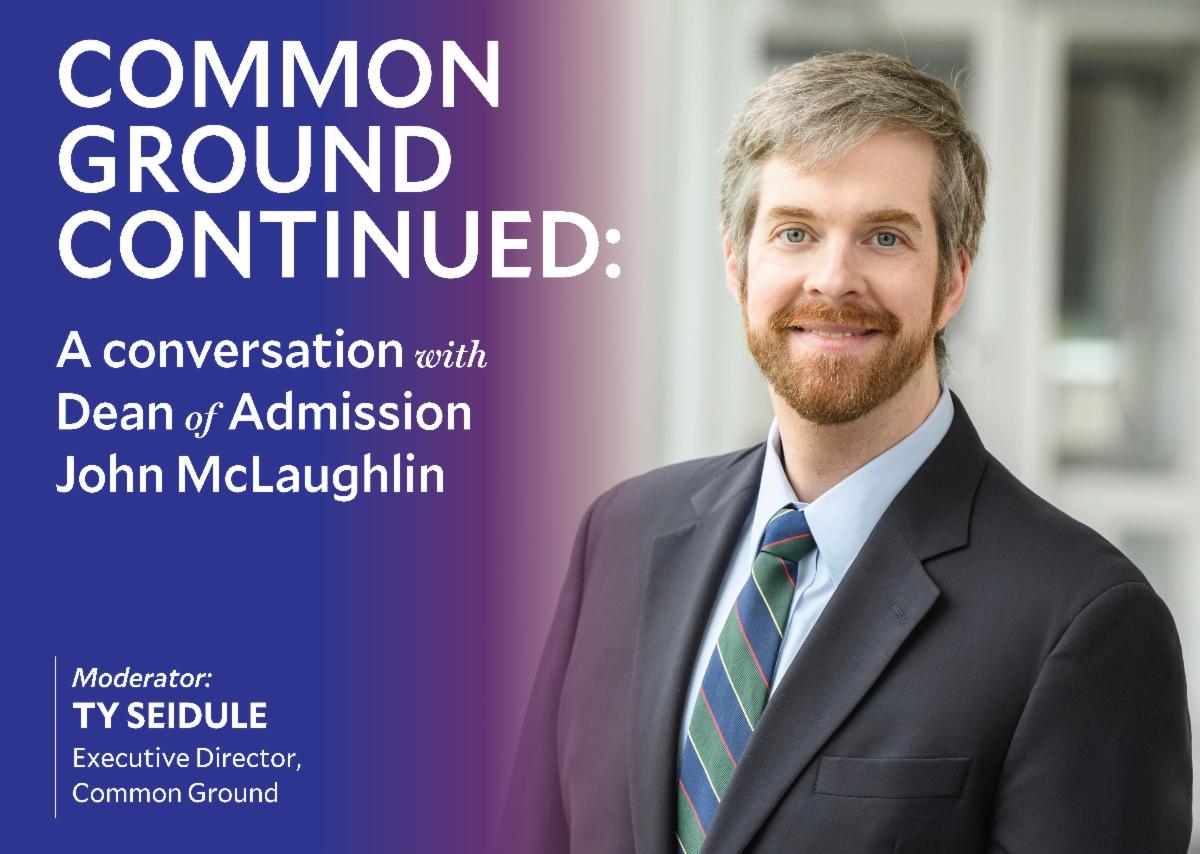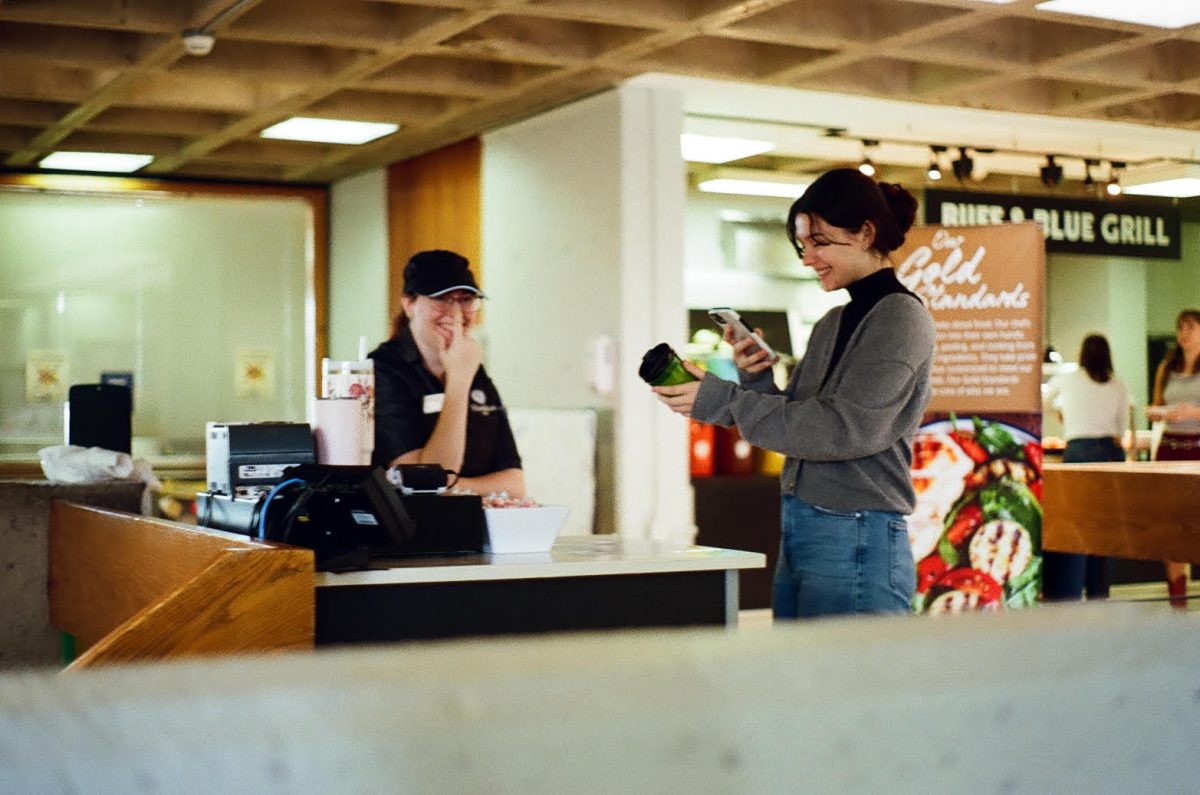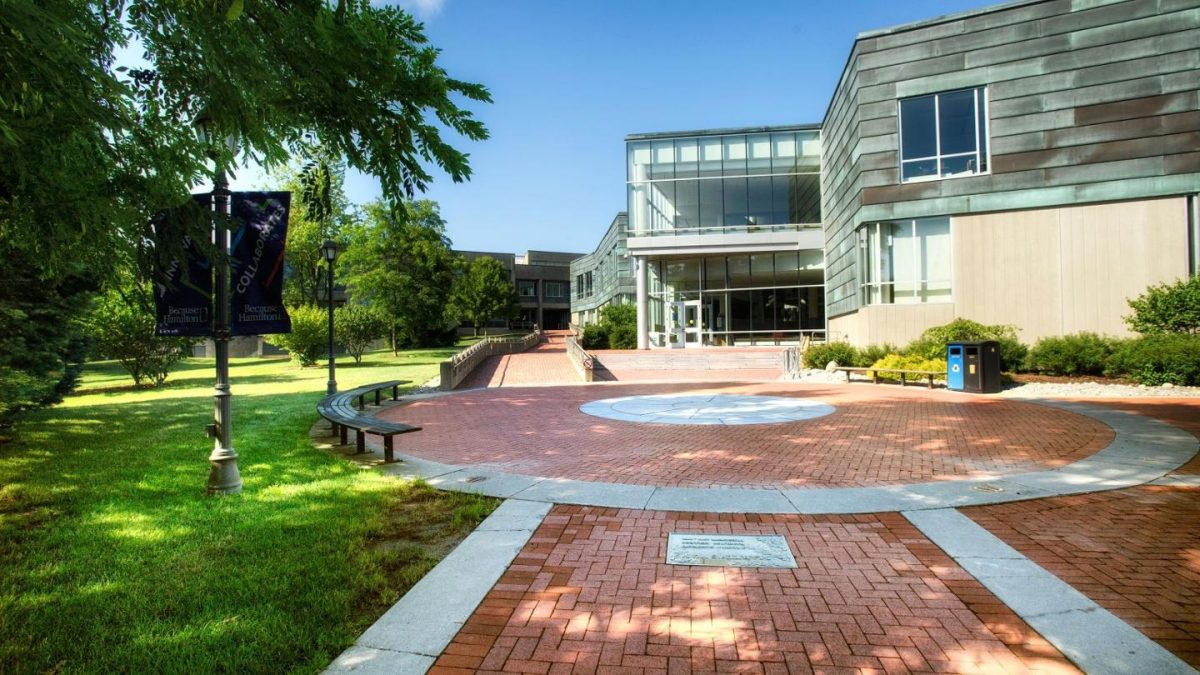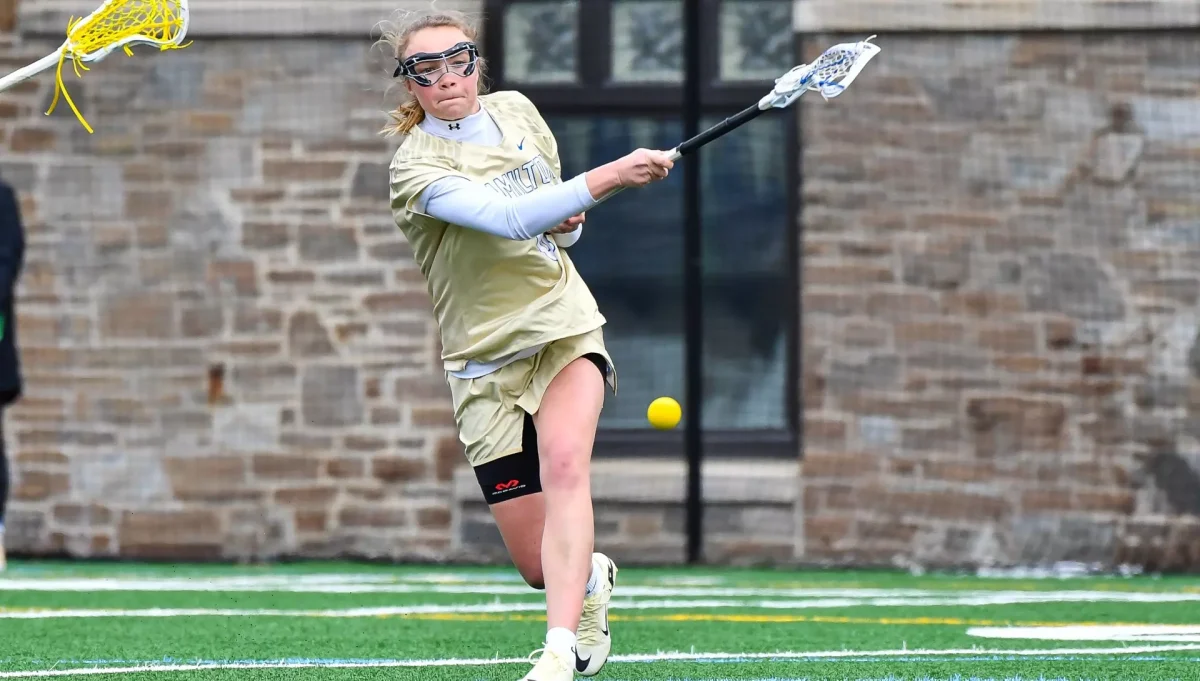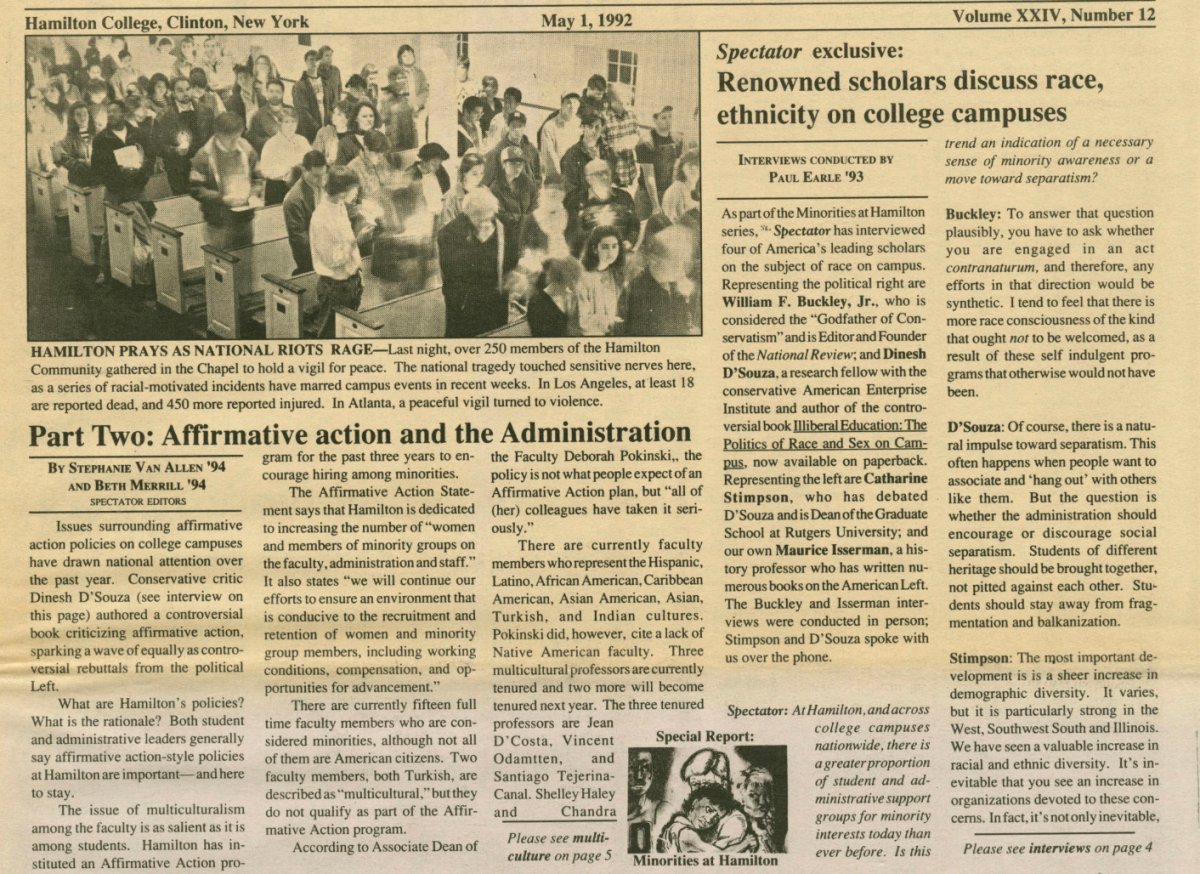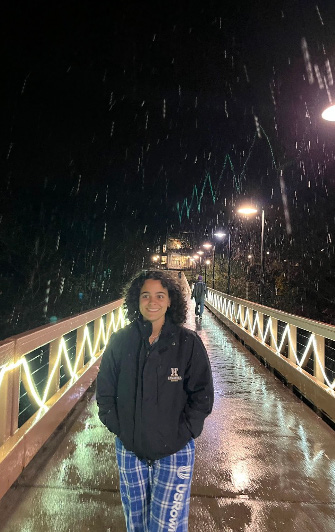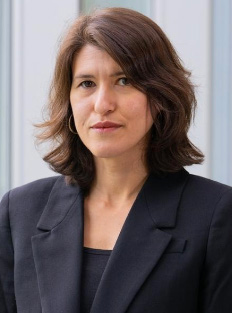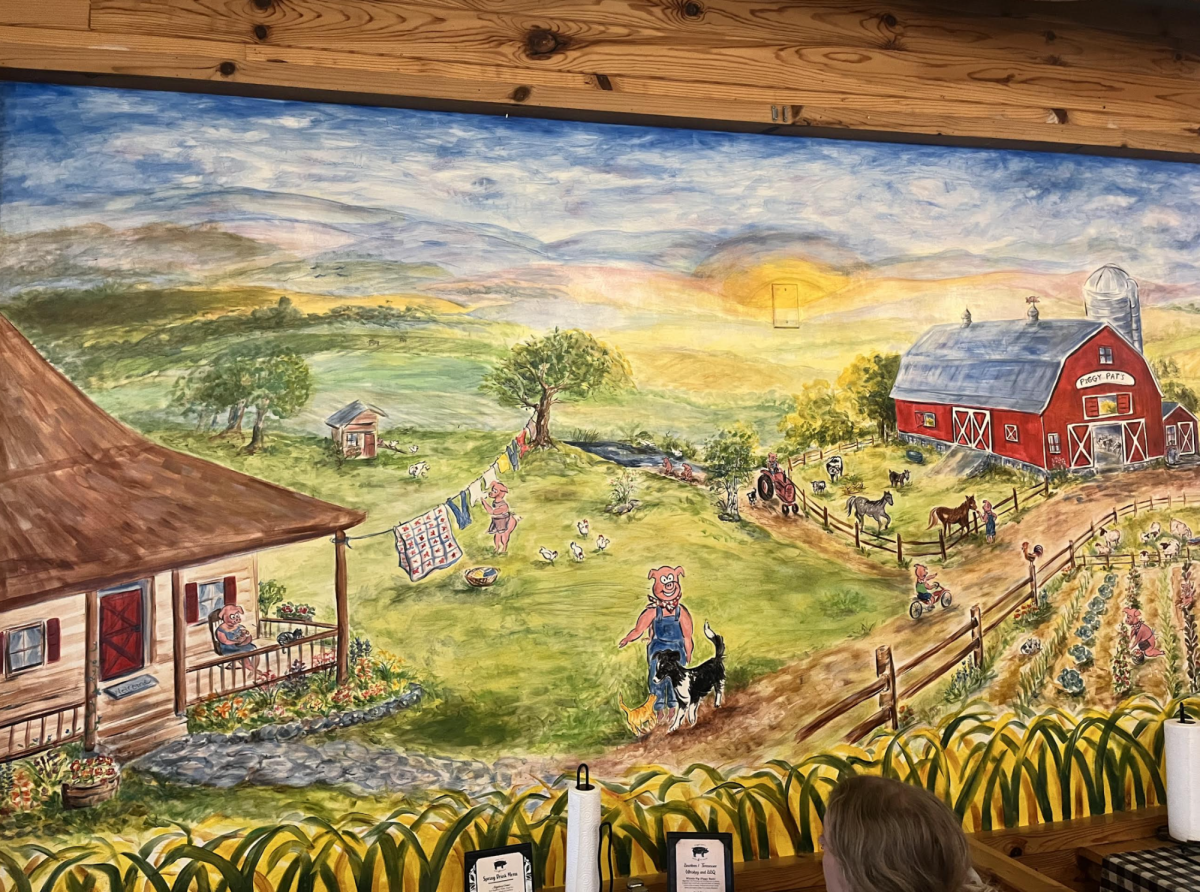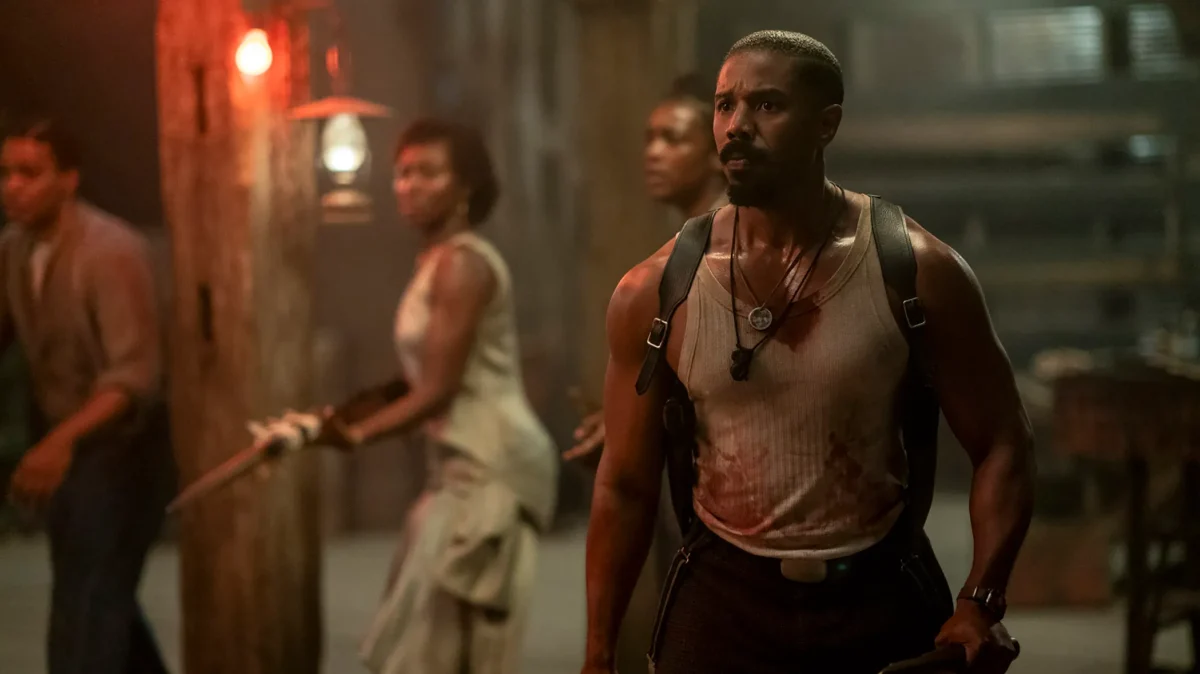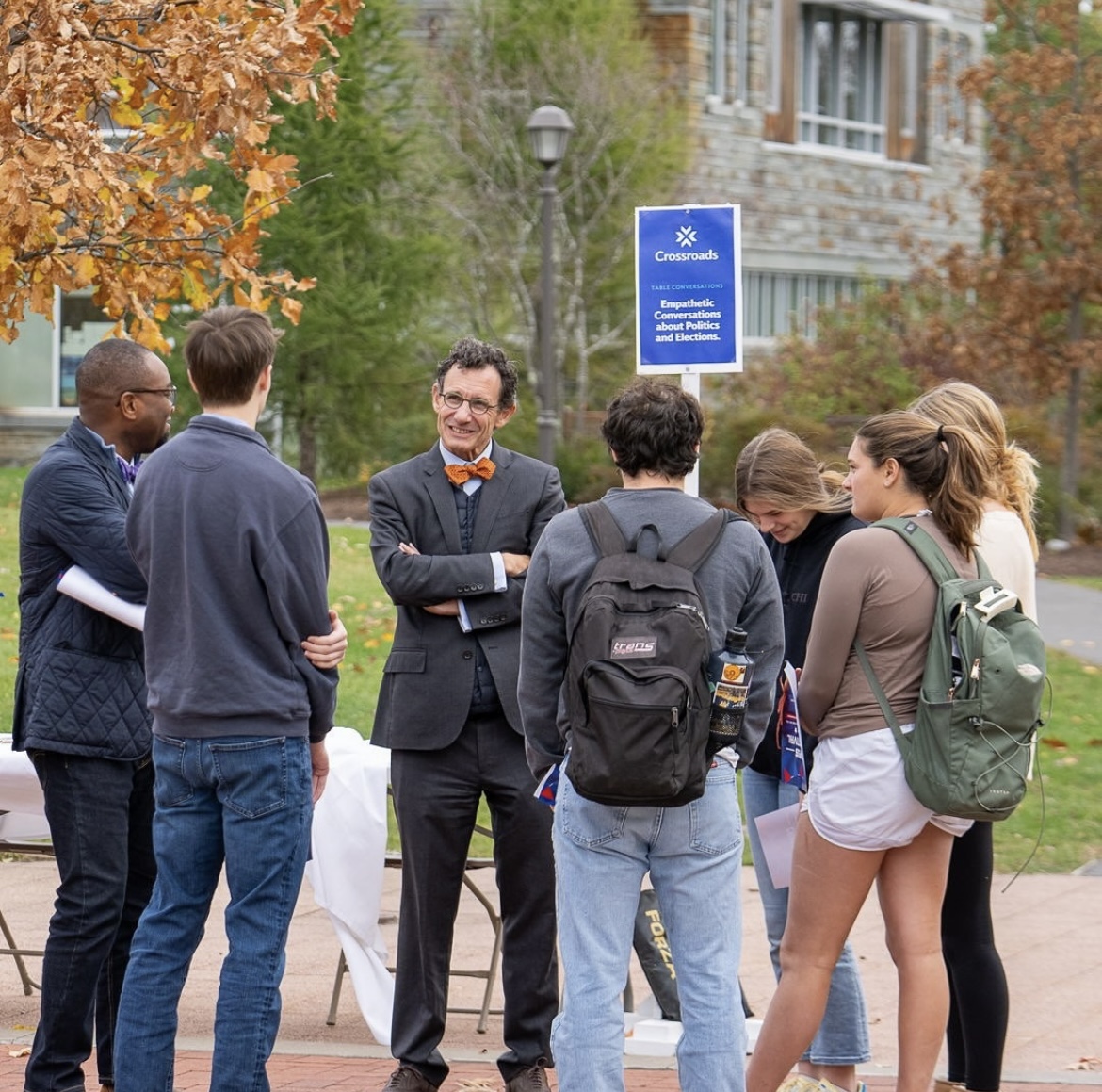
As a predominantly white institution with around 73% of Hamilton students identifying as caucasian, some community members raise the question whether Hamilton accurately represents that statistic via social media.
Tarun Kowar ’27, an international student from India who plays on the tennis team, explained the way he views Hamilton’s social media: “As an international student, I couldn’t visit campus; I couldn’t physically come to see the school. I feel like overrepresentation, or not accurately representing the people that actually go here, doesn’t necessarily do me an injustice, but at the same time, you get here and it’s not what you expect.” Kowar’s observations have strong practical implications: an overrepresentation on social media is an overrepresentation to all those looking in from the internet.
Hamilton College maintains a large following on social media, with over 34 thousand combined X and Instagram followers. Out of these followers, there are students, parents, prospective students, alumni, faculty, media and educational partners. Chloe Cullen ’27 said, “Because we are a small liberal arts college in upstate New York, a lot of the rest of the world might not know a lot about us, so their actions on social media are always going to be performative in some ways.”
Cullen noted that Hamilton’s use of hashtags on their Instagram posts creates a reach much wider than just their followers. Users who merely follow the hashtag “#college” or “campus life” will be able to easily access all of Hamilton’s photos. Cullen said, “People manipulate their posts with hashtags to make their reach wider. I’m sure their hashtags are curated to reach people the College wants to connect with, which a lot of the time is prospective students.”
Prospective students, particularly international students, as Kowar points out, are susceptible to what they see the school has posted online. Kowar describes: “I want more students of color to come to Hamilton, so in that way, the overrepresentation of minority students on social media seems like a good thing. But you also get the feeling that the school is setting a trap for these minority students. I remember looking at Colgate for tennis, and being turned off by the fact that their whole tennis team was white.” While Kowar agreed that the school is ultimately misrepresenting their demographics, he recognized it is ultimately part of an effort to grow their diversity in the future.
Jun Reiss ’26, also spoke to the harm of overrepresentation. He said, “It’s hurtful to minority students in the sense that they’re being lied to: they’re being told there’s this picture of diversity at this school, and they see visually that there are these people that look like them, but it’s not true. All of a sudden, they come here, and everyone is much more white than them, so they feel more unsafe.”
Reiss notes that, although this misrepresentation could be an attempt to recruit a more diverse student population, this relationship creates a sense of mistrust. “You shouldn’t lie to minority students; you shouldn’t make your problem their problem. It’s not their job to solve these institutional systemic issues for you. You have to come up with better solutions.”
Reiss expanded on how Hamilton’s institutional goals to increase diversity can prove harmful to minority students: “It’s helpful on broad levels and hurtful on individual levels. It’s helpful in the institution’s goal to attain higher diversity of higher education, which is good for minority students.”
Kowar talked about how what’s happening on social media is not the most pressing issue for students of color, but rather the lack of opportunities for minority students on campus. He said, “There’s not much done. And I would never point fingers at groups of people, but as a student of color, there are opportunities we lack that other students have, and I really feel like that’s taken for granted on campus.”
Reiss, similarly to Kowar, believes that while the College often makes an effort for its minority students, it should be doing more. “The school does just enough,” stated Reiss, “but minority students on campus do not feel represented or safe. That’s why there’s this space called the Days-Massolo Center that a lot of white people don’t even know about. A lot of minority students spend all their time there because that’s the only place on campus where they feel safe.”
Reiss further elaborated on Hamilton’s relationship with minority students. He said, “I know I said they do enough, but it’s only enough for the institution, not for the minorities.” Reiss said that the actions carried out by the school for minority students feel alien to them in some ways. He said that often Hamilton promotes minority student life in ways that are meant to ultimately promote the institution, not individual students.
Rebecca Castaneda Leffler, a professor of government at Hamilton, shares Reiss’ opinions on actions without meaning when it comes to minority overrepresentation on social media. She said, “While I think representation is powerful, if not coupled with policies and practical action, it can ring hollow for students. It can also make it appear that issues of diversity and inclusion have been largely resolved and should no longer be a focus.” Like Reiss, Leffler recognizes that institutions have ways of promoting themselves in a way that unfairly uses their students.
Kowar highlighted some ways in which he believed the school could — and has been — doing a better job supporting students of color. He said, “Venus Williams is coming on campus, and I’ve been given an opportunity to ask questions to her because I’m an athlete of color — which I think is a really good step. Things like that make you feel like, even though you’re in a small community, you’re still cared for. Small things like that make a difference.”
Despite some of these opportunities, Reiss still feels that the large structures of inequality remain unaddressed. He notes, “If Hamilton did more for minority students, I would have a tendency to give them the benefit of the doubt more, which in turn would allow me to give them the benefit of the doubt when it comes to overrepresentation on social media.”
Leffler agreed and said, “good intentions are not sufficient. I think the school should listen to students to learn how to best support them. I also think creating more opportunities for students to connect with faculty of color can be invaluable.”
Cullen spoke of how Hamilton seems to prioritize long-term institutional goals for diversity instead of the actual wellbeing of current students. She said, “The school is putting on a facade and is making them seem like something greater than they are.”

